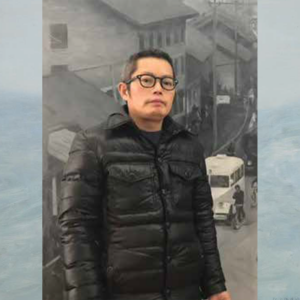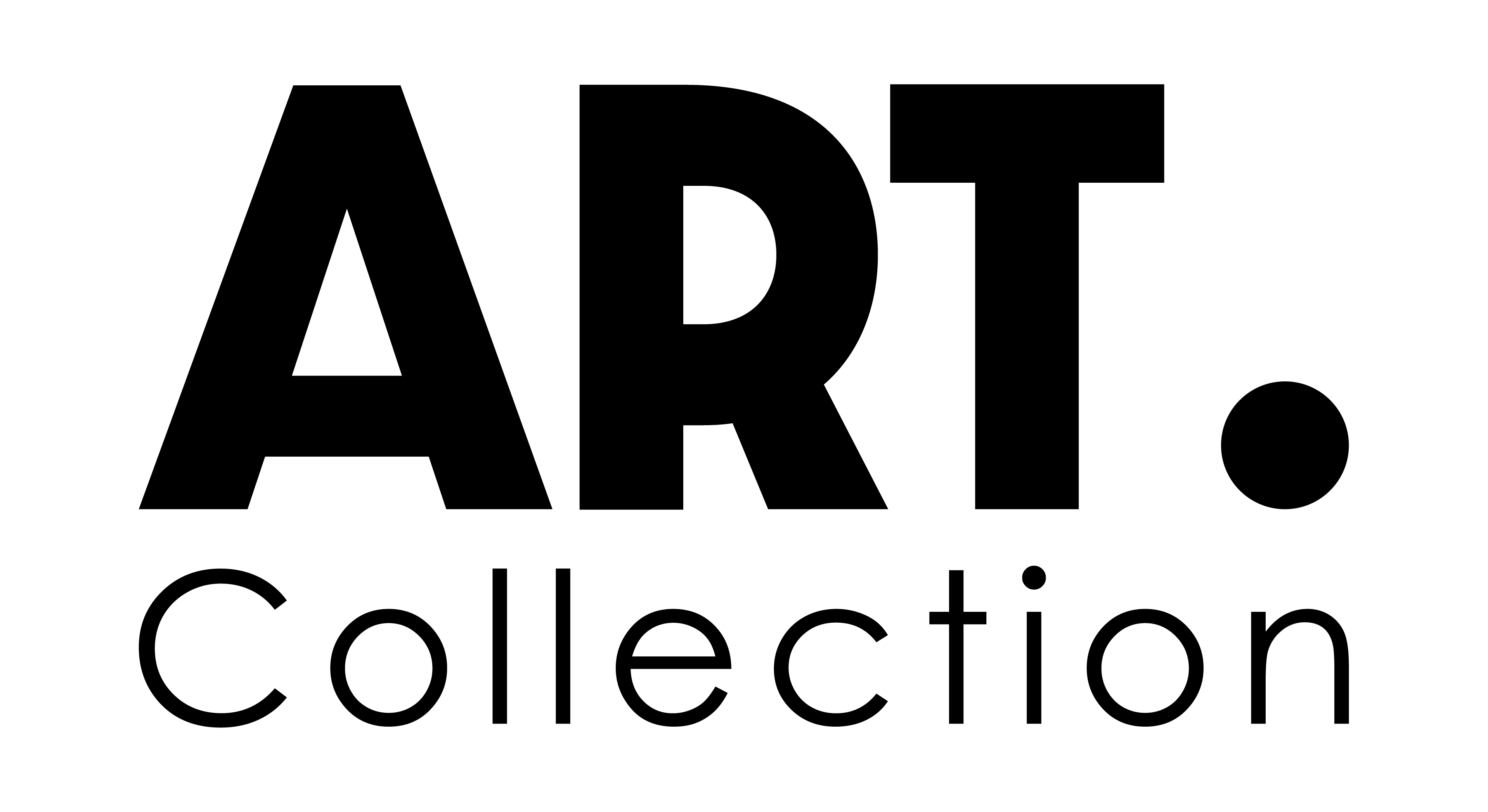 The artworks by Wei Xin Rong (魏欣荣) clearly show that the painter is a talented artist. The artist does not like being tied to one style or flow that limits his creative work. He adds or reduces certain styles that have become habitual. The study of material, style and subject matter are freely drawn from the environment he passes through the day.
The artworks by Wei Xin Rong (魏欣荣) clearly show that the painter is a talented artist. The artist does not like being tied to one style or flow that limits his creative work. He adds or reduces certain styles that have become habitual. The study of material, style and subject matter are freely drawn from the environment he passes through the day.
The work of Wei Xin Rong is related to an American (German-born) Abstract Expressionism artist, Hans Hofmann (1880 – 1966).
‘It makes no difference whether a work is naturalistic or abstract; every visual expression follows the same fundamental laws.’
-Hans Hofmann (1880 – 1966)
‘Painters must speak through paint, not through words.’
-Hans Hofmann
Hans Hofmann stated that artists are free to express their creativity in any form of art, either realistic or abstract. Each of the resulting artworks is produced in accordance with the same principles and basis.
Besides, it is also clearly shows that he has no specific limitations that block him from producing his artworks as desired by his instinct as a painter. He freely expresses ideas, opinions or views. As a painter, he spoke through, colors, gestures and composition.
Referring to the work of Wei Xin Rong, Fishing, it shows the flow of Post-impressionism in his painting with simplified colors and flats in certain spaces in a good composition. Detailed observations by artists can be seen in the production of human emotions in the work by incorporating traits of movement, posture and expression.
This reminds us of the French Impressionist painter Paul Gauguin, in his work titled ‘Nafea Faa Ipoipo’ (1892) whose paintings most described the human figure or the surrounding landscape at that time.
While on the other hand, another work of Wei Xin Rong, Country Road shows the artist’s capability in interpreting mood or situation in his painting. The capture gives the elements of impressionism. He incorporates dynamic points, lines and surfaces. The painters extract and purify the characters in the drawing by outlining their psychological state. The audience will be able to see the simplified lines, perfection and tenderness are the main features of this work.
The same goes for his work titled Street Light. This painting also gives elements of the impressionism mood to the audience. Obviously, the artist is mature in playing a gloomy but brilliant color shades coming from the street light. The artist focuses on showing the street life by using a loose composition to describe the sense of freedom in the audience.
Looking at this work reminds me of ‘The Yellow House’, by Vincent Willem van Gogh (1853-1890), a Dutch-born Post-Impressionist painter. Vincent Willem van Gogh also had chosen landscape, figurative, portrait and self-portrait as his study material. Van Gogh used bright and dramatic colors in his paintings to give effects as well as expressive brush strokes. These have often become key features in his works and this is what contributes to the creation of the foundations of the modern art of today.
Most of the works of Wei Xin Rong use the lines and short brush effects that can be attributed to the impasto technique. These all can be seen in his landscape works such as The Plaza, Street, Street View # 1, Scenery # 1, Scenery # 2, Lane, In the Field and Country Road. The colors used are closely related to the adjacent colors (with minimal mixing possible) and make the color look clearer to the audience. Wet on wet technique is often used. Without waiting for the paint application to be completely dry, it will produce a softer edge and form a mix of colors.
In conclusion, we can say that Wei Xin Rong has chosen figurative, landscape and town environment as subject matters for his paintings. He works with the characteristics of Impressionism and combines them accordingly to his style and own comfort. After studying the subject matter and looking at the style of his paintings, here I conclude that Wei Xin Rong as a “Freestyle Impressionism Artist”.
-Suzlee Ibrahim (Dean, Faculty of Visual Art ASWARA)
